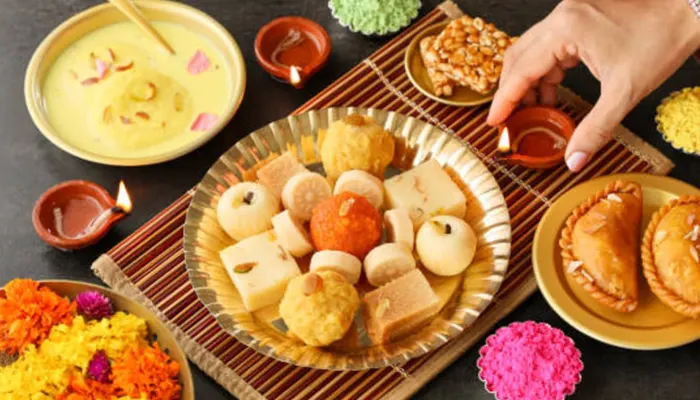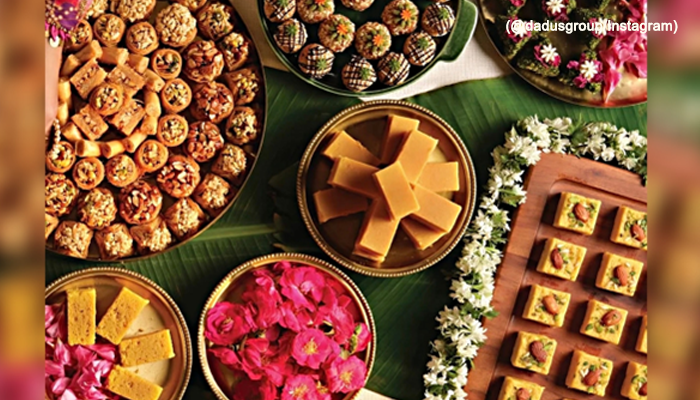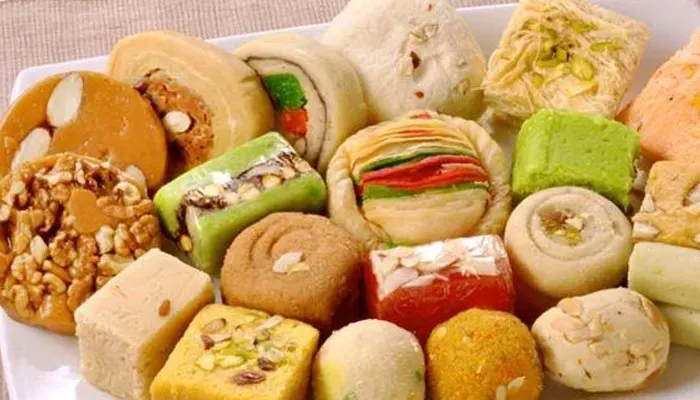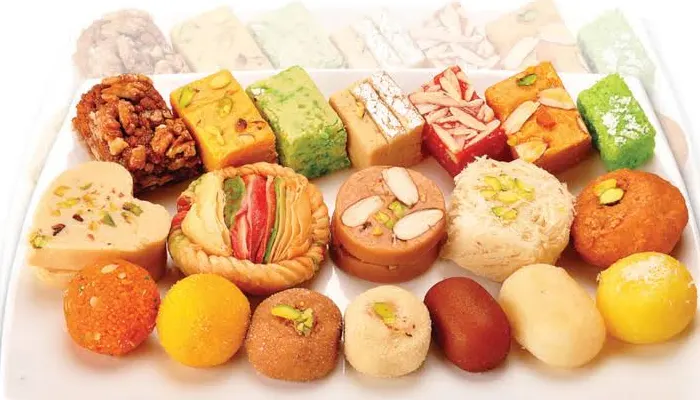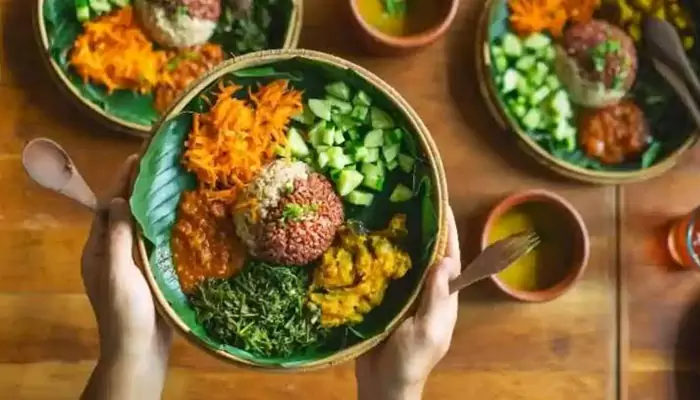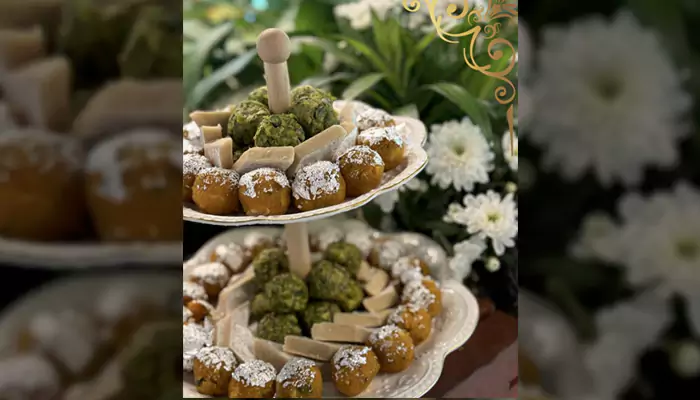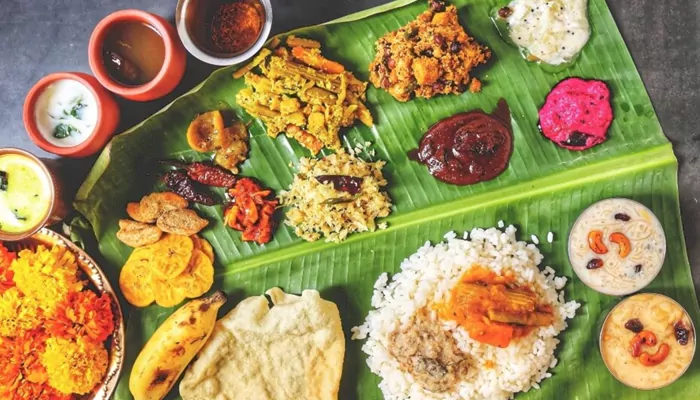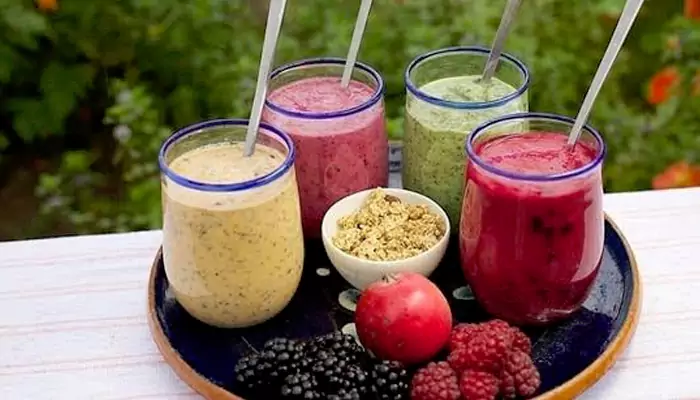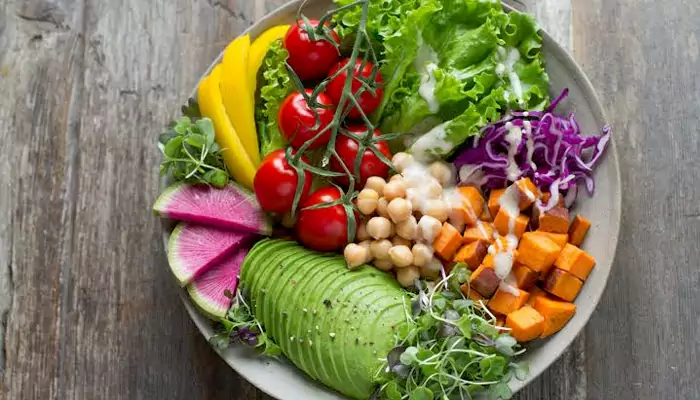
Beat sniffles and sore throats in monsoon with grandma-approved brews!
With the onset of monsoon, comes sniffles, sore throat, and body aches. At that time, your body needs more than just a blanket and rest — it needs natural healing and immunity support. And what's better than a warm, soothing cup of herbal tea to provide instant relief?
But not all teas are created equal — some genuinely help clear sinuses, soothe sore throats, and boost immunity, while others are just warm beverages.
Here’s your comprehensive guide to herbal teas that actually work — backed by tradition and science — to keep you going strong during the cold and flu season.
Tulsi Tea – The Queen of Immunity
Also known as Holy Basil, Tulsi is a sacred herb in Indian households and a powerful adaptogen.
Benefits:
- Fights bacteria and viruses
- Reduces fever and cough
- Eases congestion and boosts overall immunity

How to brew: Boil 5–6 fresh tulsi leaves in water for 5 minutes. Add ginger, black pepper, and a touch of honey. Tulsi tea is perfect for sore throat, runny nose, and mild fever.
Ginger Tea – The Desi Decongestant
Ginger, or adrak, is every Indian mom’s go-to for cough and cold. It has anti-inflammatory, antibacterial, and warming properties.
Benefits:
- Soothes throat irritation
- Relieves nasal congestion
- Aids digestion (because flu often messes with your stomach too!)

How to brew: Crush a small piece of fresh ginger, boil in water for 5–7 minutes. Add lemon juice and honey. Sip before bedtime for a good night’s sleep.
Turmeric Tea – Golden Magic in a Cup
This is an excellent anti-viral and anti-inflammatory remedy during seasonal infections.
Benefits:
- Fights throat and chest infections
- Boosts liver function and immunity
- Reduces body ache and fatigue

How to brew: Boil ½ tsp turmeric powder or fresh root in water with black pepper (increases curcumin absorption). Add a cinnamon stick for flavour.
Mulethi (Licorice Root) Tea – Soothe Your Throat Naturally
Licorice root or mulethi is commonly used in Ayurveda to treat respiratory ailments.
Benefits:
- Relieves dry cough and sore throat
- Has anti-viral and anti-inflammatory properties
- Lubricates the throat lining

How to brew: Boil crushed mulethi sticks in water for 10 minutes. Mix with honey and sip slowly. This is not suitable for patients with high blood pressure.
Lemongrass Tea – Refreshing and Revitalising
Lemongrass isn’t just a fancy café favourite. It’s a powerful herb used in Indian homes to treat fever and improve digestion.
Benefits:
- Detoxifies the body
- Fights viral infections
- Calms headaches and body aches

How to brew: Boil chopped lemongrass stalks with ginger. Add green tea leaves for extra boost of antioxidants.
Pepper-Cinnamon Kadha – Grandma’s Signature Brew
Herbal tea list is incomplete without a kadha — the age-old decoction that smells like health and tastes like relief.
Benefits:
- Clears congestion
- Combats chills and mild fever
- Builds respiratory strength

How to brew: Boil tulsi, black pepper, cinnamon, ginger, and cloves in water for 15 minutes. Strain and sip hot.
Take once or twice a day during illness or exposure to cold. After consuming Kadha, skip cold water for at least one hour.
You don’t always need expensive supplements or over-the-counter syrups to beat the cold and flu. Often, the most powerful remedies are already there in your kitchen — in the form of herbs and spices passed down through Indian household wisdom.
Sip slowly, stay hydrated, and get plenty of rest. This cold season, let every cup be a little act of healing


